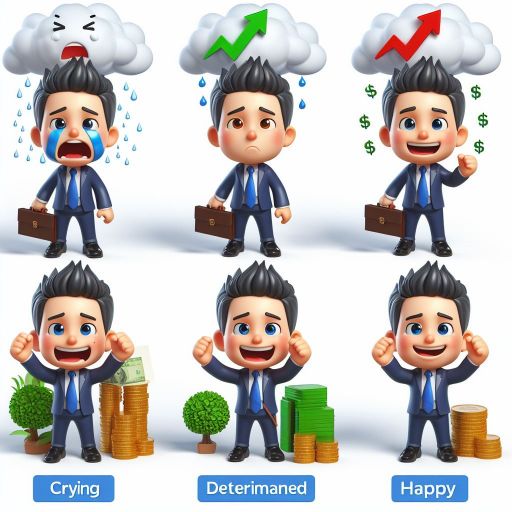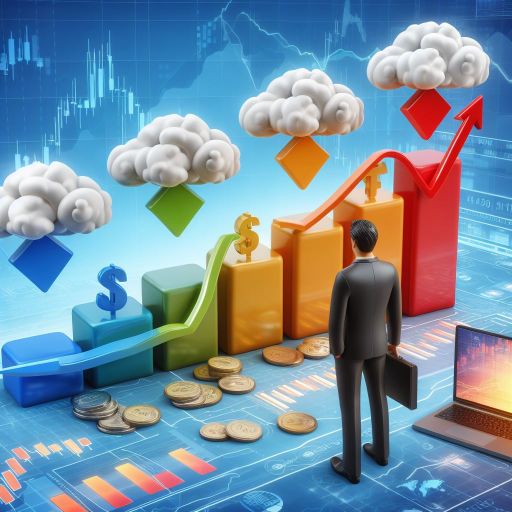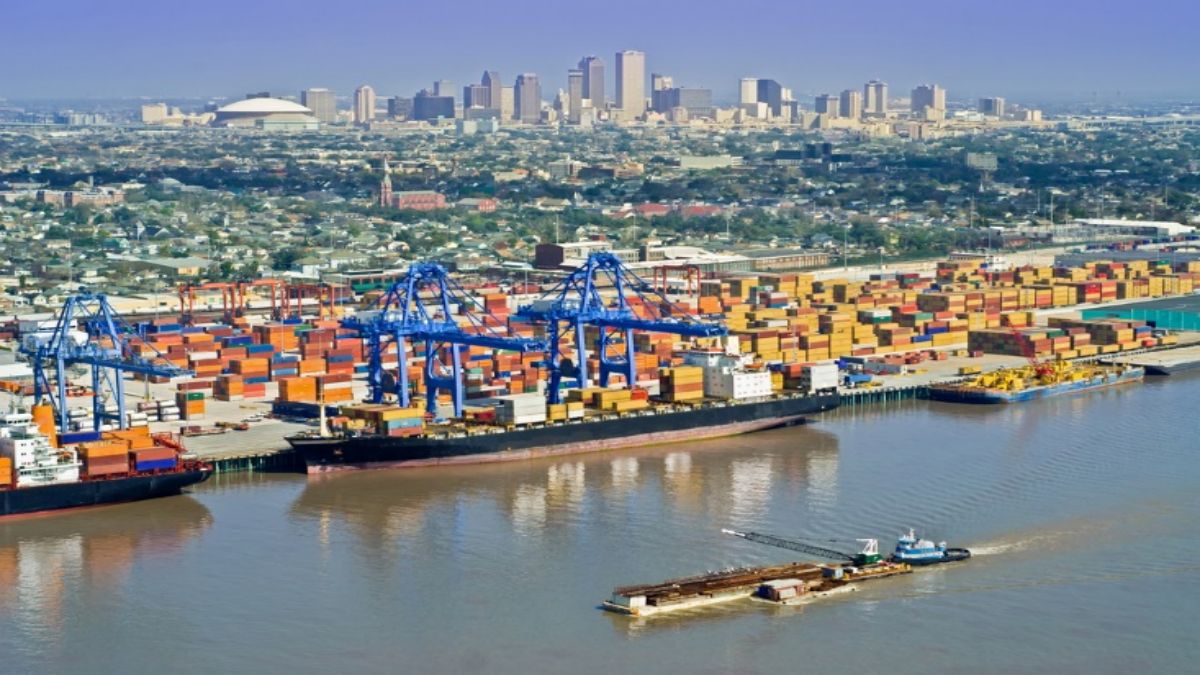The 4 Stages in the Forex Market That Traders Should Be Aware of
Currency trading systems are popularly known as “reactive systems." These are influenced by uncountable factors that are difficult to quantify or measure, complicating the decision-making process.
Therefore, forex traders mostly follow the trends that exist in trade while attempting to predict market movements.
Good forex traders usually believe in the life cycles of markets, which they say emanate from human actions within the market. Such cycles take shape as recurring patterns, and this creates opportunities for smart investors.
Thus, being able to identify these trends properly and interpret them accurately is essential if one desires to succeed financially in forex trading.
So, let’s take a detailed look at how traders can determine the four different stages of the forex trading cycle. This will also elaborate on how this knowledge can enable traders to make profitable trades.
Moving Averages and Attaining Market Stasis
In trading, achieving balance comes first. The term “balance” is used to mean the market price at which a currency pair should be traded optimally. In this context, when the market price falls below this equilibrium point, traders are pushed towards long trades.
If, in contrast, the market price exceeds equilibrium, it means that there has been an overvaluation of the currency pair.
Equilibrium in Forex trading lingo is defined as the moving averages of historical prices. Moving averages are derived from different time frames, such as 50 days or 200 days, depending on the duration preference of traders.
Traders can find out what the appropriate equilibrium price is for their trading timeframe based on these moving averages.

Stage 1: Confined Trading
Often, when markets are not trending in any direction, currency pairs tend to remain stable. During this phase, prices move between predictable daily highs and lows, as bullish efforts to push prices up are quickly met with resistance from bears.
Once the range is breached on the downside, a reflexive response sets in, leading to price equilibrium reestablishment. In such conditions, short-term traders should be encouraged to undertake multiple trades, capitalizing on slight price variations.
Failure of one to exploit them instantaneously leads back through the reversal of prices.
Usually, after a period of bound range, there will be a breakout, which defines the start of the second phase of this cycle. The duration of range-bound movements is directly proportional to the size of subsequent breakouts.
By analyzing trading volumes, forex traders can detect these manipulations because they work as an indicator for the efficiency or otherwise of the price discovery process.
Stage 2: Breakout
At the onset of stage two of the trading cycle, the market breaks free from its earlier range-bound inertia and begins to shift towards clearly defined upward or downward trends. The breakout phase takes many forms, depending on how fast the underlying exchange rate moves.
Straight-up Movement: A rapid increase followed by stabilization is a type of breakout in case there are major changes in currency under consideration. It is advisable that traders either take positions immediately or stay away totally.
When someone delays joining such trades, they could end up having to contend with horizontal prices or even declines.
Higher Peaks and Valleys: Conversely, if there are no identifiable catalysts for a breakout emanating from fundamental shifts, the market may face some hurdles as it rises.
In this case, every peak exceeds previous price levels, while each trough becomes higher than its predecessor.
As such, price oscillations can occur with respect to intermediate points. But generally trend upwards compared to the opening price.
Importantly, during this stage, average moving prices increase, provided that the analysis of trends has indicators implying an early return to equilibrium.

Stage 3: The Decline
The third stage of this phase in trading is known as the decline, and it refers to a situation where prices have reached their climax, but they start receding back. The second phase involves many cases that depend on the momentum of the market as it stands.
A sharp fall: Sometimes, when there is an actual change in the major underpinnings among currency pairs, the market reacts immediately. Within a few minutes or hours, prices can go down by several percent. Traders should either sell short quickly or not at all.
Peak-trough series: In contrast, the price may make a number of peak-trough movements during this period. This is to say that the price descent follows anything other than straight lines and finds resistance at each level.
At this stage, the moving average slopes down, indicating the potential for a bounce in prices.
Stage 4: Uncertainty
After the completion of bull and bear market cycles, which precede the period of uncertainty, there is always a new cycle. Nevertheless, many players fail to foresee with much certainty what path will follow thereafter.
During this stage, there are increased levels of volatility, which makes it difficult to predict future market movements even with the support of technical indicators.
This phase is unpredictable and has a high level of risk attached, so investors are encouraged to be cautious and not get actively involved in trading. It is prudent for conservatism to allow for a watchful eye for new developments.
In so doing, one can avoid losses while also taking time to re-evaluate their strategies based on changing trends in the market.

For currency traders to be successful, they must have knowledge about the four phases of the forex market cycle. These include establishing equilibrium through average movement.
It is then possible to predict breakouts and declines in Stages 2 and 3, respectively.
The last stage is characterized by uncertainty and hence requires one to approach it with care and adjust accordingly to avoid taking up too much risk while at the same time taking advantage of opportunities that may arise.
Final Thoughts
For traders, it is important to have a comprehension of the different phases of the Forex trade process so that they can be able to time their trades well, minimize risk, take advantage of opportunities, and adjust strategies based on market conditions in order to increase profitability and achieve long-term success.
OTHER NEWS
-
- How to Choose the Right Hiking Boots
- By Prodosh Kundu 19 Aug,2024

-
- Beyond the Tent: Secret Weapons for Epic Camping Trips
- By Kamal Singh 13 May,2024

-
- How to Arrange a River Cruise Trip for Yourself?
- By Kamal Singh 21 May,2024

-
- Paved Paradise or Gravel Playground? Your Guide to the Wild World of Cycling Routes
- By Kamal Singh 17 May,2024

-
- The Five Best Destinations to See the Northern Lights
- By Prodosh Kundu 19 Aug,2024

-
- Massachusetts Travel Guide: Everything You Need to Know!
- By Nauman Rehmat 17 May,2024

-
- From Feast to Finish: Fueling Your Cycling Adventures
- By Kamal Singh 17 May,2024

-
- Introduction to the History of Waterway and River Travel
- By Kamal Singh 21 May,2024

-
- Campfire Magic: Your Guide to a Perfect Outdoor Fire
- By Kamal Singh 08 May,2024

-
- Essential Camp Kitchen Gear for Culinary Adventures
- By Kamal Singh 10 May,2024

-
- RV Road Trips: Discovering the Beauty of America's Scenic Highways
- By Prodosh Kundu 30 May,2024

-
- Five Tips for Car Camping
- By Prodosh Kundu 19 Aug,2024

 1
1 1
1